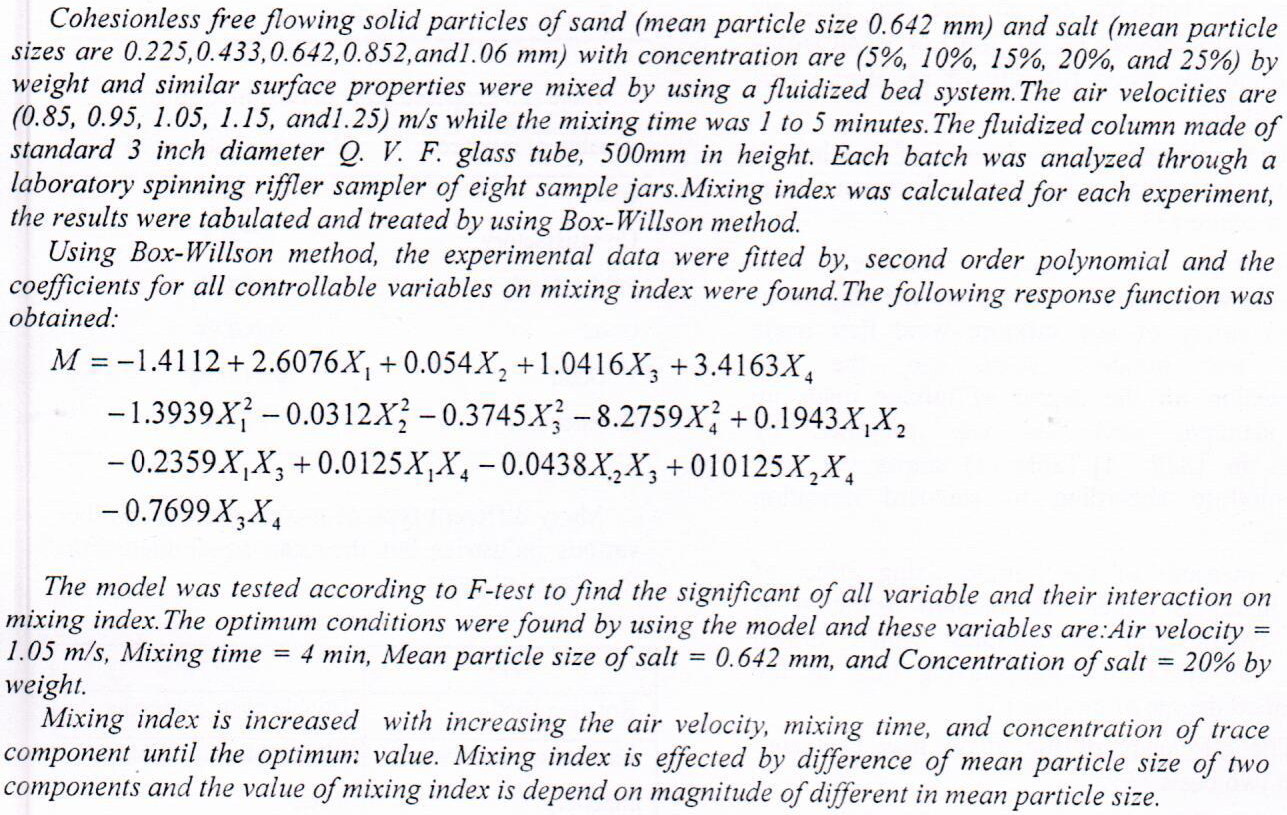
Objective: To evaluate the effect of mouth rinses (Biofresh and ZAK) on the surface micro hardness
of two light cure restorative material (Tetric ceram ivoclar-vivadent) and (3M Z 250) dental
composite.
Methodology: The microhardness values of (sixty) composite specimens were measured at the top
surfaces after 24 hours of immersion in different solutions (Biofresh, Zak mouth wash and distilled
water as control). Comparison done using descriptive statistics (mean, SD, SEM, minimum and
maximum values) and inferential statistics (ANOVA and LSD) test.
Results: The biofresh mouth rinse which has high alcohol containing has less effect on
microhardness of tetric ceram than the zak &distiled water , while the effect
Background: The aim of this study was to evaluate the effect of three types of light curing devices QTH, LED and Flashmax on the surface microhardness of three types of bulkfill composite resins; Filtek Bulkfill posterior composite ( 3M), Tetric Evo Ceram ( Ivoclar Vivadent) and Sonicfill composite ( Kerr) Materials and methods: Total number of 90 samples was prepared, 30 samples for each type of bulkfill composite, were divided into three main groups, group A: Filtek posterior bulkfil (3M), group B: Tetric Evo Ceram (Ivoclar Vivadent) and group C: contain Sonicfill composite (kerr). Which then divided into three subgroups (n= 10) (1) Samples cured by QTH system (2) Samples cured by LED system and (3) samples cured by Flashmax system the
... Show MoreElectrochemical oxidation in the presence of sodium chloride used for removal of phenol and any other organic by products formed during the electrolysis by using MnO2/graphite electrode. The performance of the electrode was evaluated in terms fraction of phenol and the formed organic by products removed during the electrolysis process. The results showed that the electrochemical oxidation process was very effective in the removal of phenol and the other organics, where the removal percentage of phenol was 97.33%, and the final value of TOC was 6.985 ppm after 4 hours and by using a speed of rotation of the MnO2 electrode equal to 200 rpm.
 (6)
(6)
 (3)
(3)
High-performance liquid chromatographic methods are used for the determination of water-soluble vitamins with UV-Vis. Detector. A reversed-phase high-performance liquid chromatographic has been developed for determination of water-soluble vitamins. Identification of compounds was achieved by comparing their retention times and UV spectra with those of standards solution. Separation was performed on a C18 column, using an isocratic 30% (v/v) acetonitril in dionozed water as mobile phase at pH 3.5 and flow rate 1.0m/min. The method provides low detection and quantification limits, good linearity in a large concentration interval and good precision. The detection limits ranged from 0.01 to 0.025µg/ml. The accuracy of the method was
... Show More (4)
(4)
Background:Amino acid disorders are a major group of inborn error metabolism (IEM) with variable clinical presentation; its diagnosis constitutes a real challenge in a community with high consanguinity rate and no systematic newborn screening.
Objectives: to provide data about amino acid disorders detected in high-risk Iraqi children by using quantitative amino acid fluorescent high performance liquid chromatography (HPLC) analysis.
Type of the study: Cross-sectional study.
Methods: a descriptive cross sectional study from 1st February to 1st December 2014, at Neurological ward and clinic of the Children Welfare teaching Hospital, in Baghdad - Ira
... Show More (1)
(1)
The cement slurry is a mixture of cement, water and additives which is established at the surface for injecting inside hole. The compressive strength is considered the most important properties of slurry for testing the slurry reliability and is the ability of slurry to resist deformation and formation fluids. Compressive strength is governed by the sort of raw materials that include additives, cement structure, and exposure circumstances. In this work, we use micro silica like pozzolanic materials. Silica fume is very fine noncrystalline substantial. Silica fume can be utilized like material for supplemental cementations for increasing the compressive strength and durability of cement. Silica fume has very fine particles size less
... Show More (23)
(23)
 (6)
(6)
